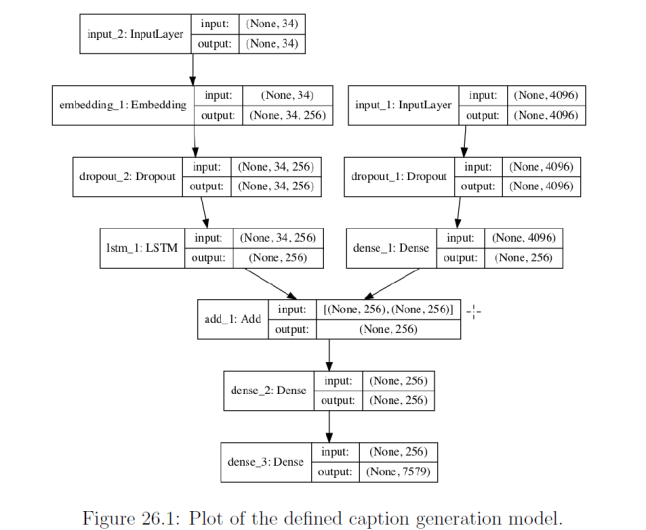What is Deep Learning in a nutshell?
Deep Learning is a hot topic these days and it draws a lot of attention from people around the globe. This technology is applicable to various fields, such as image recognition and classification, speech recognition and generation, self-driving cars etc. There are a number of definitions of what Deep Learning actually is. I find this detention of Deep Learning by As Lex Fridman from MIT, as he puts it in his latest arxiv’s paper on the subject of self-driving cars, quite simple:
Deep Learning can be defined as a branch of machine learning that seeks to form hierarchies of data representation with minimum input from a human being on the actual composition of the hierarchy.
The best way to start with Deep Learning
If you are interested in getting to know what is Deep Learning, how can it be applied in practice then the best way for you is to try to apply it yourself. Don’t worry, there is no need to enroll into PhD program in machine learning anymore since the state of Deep Learning technology is that with a dozen lines of code and leveraging existing machine and deep learning libraries along with pre-trained models it is possible to implement exciting applications of Deep Learning, such as image classification, image caption generation and more.
All you need is a practical end to end working example
To jump start into Deep Learning (DL) right away I propose you to have a look at Machine Leaning Mastery site and specifically at the latest book there which is one related to DL and is called ‘Natural Language Processing with Deep Learning’.
This book composed of a number of self-contained tutorials that are concerned with applying DL techniques to natural language processing, such as sentiment analysis, image caption generation and language translation. What is nice about it is that it shows you how to apply these techniques from installing all required machine learning libraries, to describing how to implement DL pipeline from start to finish. It comes with all code samples mentioned in the book working and doing the job. You can take them as a starting point and expand with you creativity.
Although, tutorials are quite independent there they are arranged in the way that complexity of applications is growing from simple to mode advanced.
The book engages you to try extensions and enjoy coding in Python
The book uses Python and its rich ecosystems of machine and deep learning libraries such as Keras to make you life easier and enjoyable. What is different in this book from others is that each chapter provides you with the references to all papers and books relevant to that chapter, for you to not waste time looking them up yourself. In addition, and this is the best part in my opinion, each chapter provides a number of extensions to think about and implement for application described. Such as trying to play with different model architecture, trying to tune hyper-parameters, etc.
So why are you still reading this post?
Try this book by executing every example in it, try to play with examples by expanding them and I am sure you’ll get a feeling of what this Deep Learning is and how it results with quite fascinating outcomes when the model you trained predicts something like this:
This is what Deep Learning network trained to translate from German to English thinks about Canadians.
src=[wir sind kanadier], target=[we’re canadians], predicted=[we’re unusual]
